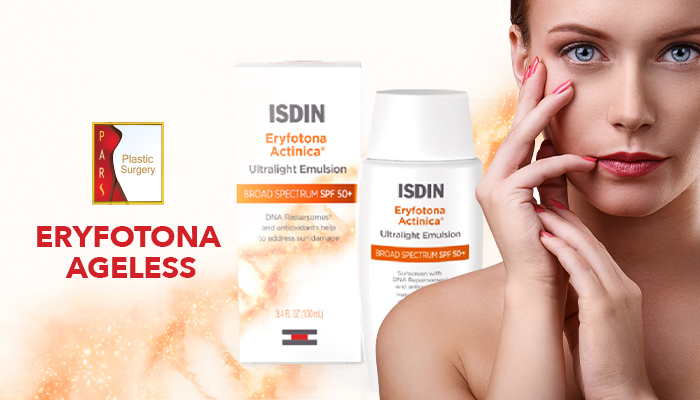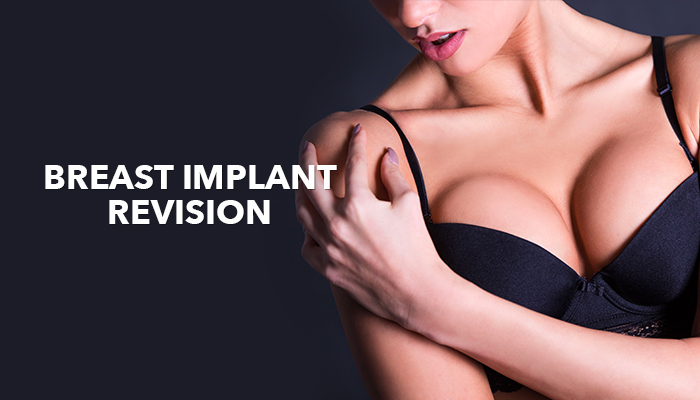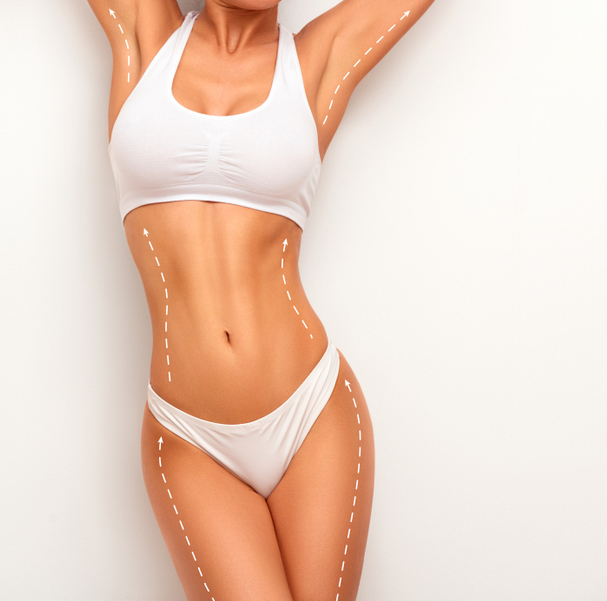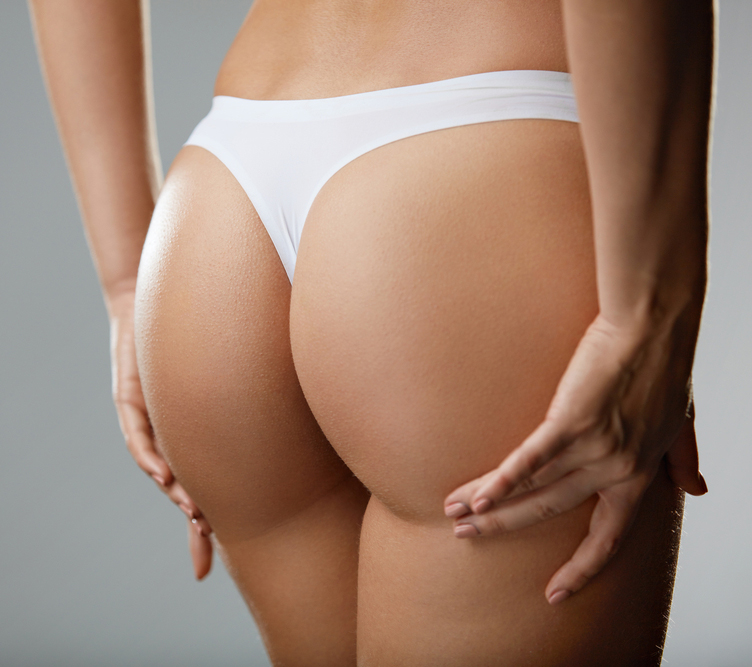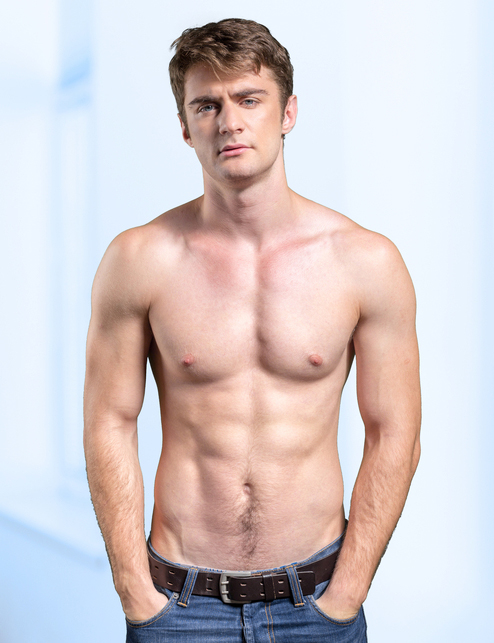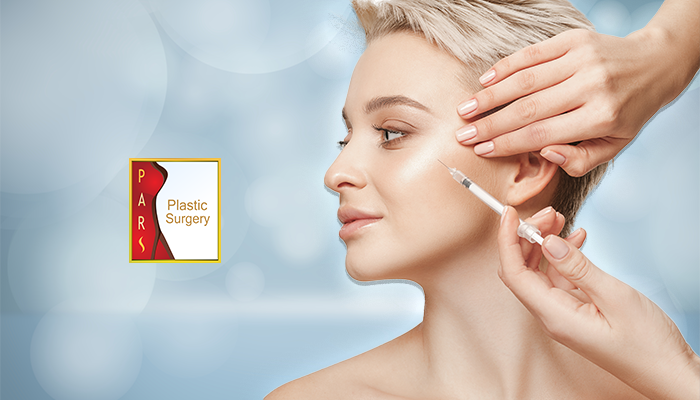
Juvederm is a product that is part of the injectable hyaluronic acid dermal filler family. It can be used to provide up to 9 months to a year of correction for moderate to severe facial wrinkles and folds, especially nasolabial folds (lines from the nose to the corners of the mouth).
Juvederm is a product developed using the Hylacross technology; which allows to obtain a smoother consistency gel against other hyaluronic gel products, which have granular consistency. The Hylacross technology refers to the manufacturing process; unlike the use by Restylane and Perlane it does not break up the crosslinked hyaluronic acid into various sizes. It is a bacterial fermentation process that produces a final product with blended particle sizes.
Hyaluronic acid is a normal substance found in the body. It holds the water at the injection site and acts as a cushioning agent, which adds temporary volume and a smoother appearance to the skin. The family of Juvederm products was approved in June 2006 by the U.S. Food and Drug Administration.
What are the benefits of Juvederm?
With the Hylacross technology, Juvederm contains the highest concentration of HA on the market (24mg/mL), which means that the effects of Juvederm will last longer. It has a higher degree of cross-linking (90%), which has a direct impact on how long the product lasts in the skin. The more cross-linking a filler has, the longer the product will last in the skin.
The smoother consistency of Juvederm helps it flow easily for a smooth injection, allowing the plastic surgeon to be more precise with the injections, without needing to use a lot of pressure to push the gel out. Some Juvederm products like Juvederm XC, Juvederm Ultra XC, and Juvederm Ultra Plus XC, also contain anesthetic lidocaine to help further improve the comfort of the injections both during and after the treatment.
When is the use of Juvederm recommended?
In patients who want to soften deep folds and reduce wrinkles in the face for more time, (up to one year) it is a great option. This product temporarily adds volume to the skin around the nose and mouth; for this reason, its most popular use is removing nasolabial folds, or “smile lines”.
The patient should understand that hyaluronic acid treatments will help to improve his/her appearance temporarily, but it is not a permanent solution and it won’t stop the aging process.
The family of Juvederm products offers a lot of treatment options, so the patient should discuss with his/her plastic surgeon which one is recommended for his/her particular case.
Juvederm XC is a non-surgical filler, and it is typically used to instantly smooth out moderate to severe lines along the sides of the nose and mouth; providing natural-looking results that may last up to one year with optimal treatment. Meanwhile, Juvederm Voluma XC is the first injectable gel approved by the FDA to correct age-related volume loss in the cheek area (for people over 21). This product can add volume, creating contour and lift for up to two years with optimal treatment.
Regarding Juvederm ultra, the product is thin and less viscous, thus making it appropriate for being an intradermal injection to address fine wrinkles and scars. Some experts recommend Juvederm Ultra plus for volume filling of the lips and reshaping the face, since it provides more dramatic results and lasts much longer.
How does Juvederm work?
Juvederm offers appropriate cosmetic and plastic surgery results because Hyaluronic’s acid can absorb up to 1,000 times its own weight in water; this allows it to add new volume under the surface of sagging skin. Likewise, hyaluronic acid combines with collagen and the elastin, allowing movement of more basic nutrients into the skin, and faces that look old can take a more youthful aspect.
How much does Restylane cost?
The cost of Juvederm can vary according to several factors. These factors include the medical fees, the extension of the treatment, and the type of product among others. However, the average cost of Juvederm is relatively reasonable. Juvederm syringes come in different sizes to treat different areas of the face; smaller areas would require less product.
For example, to treat smile lines around the lips, the plastic surgeon may require one or two syringes of Juvederm, this costs approximately $450 to $600 per syringe ($1200 in total). But, the finer lines may be treated with smaller (and less expensive) syringes.
What is the preparation for a Juvederm injection?
In the first consultation with the plastic surgeon, the patient should express his/her desired results. The surgeon will evaluate his/her facial appearance and skin tone to discuss all the areas of the face that can be treated with Juvederm.
It is advised to stop taking anti-inflammatory medications or aspirin one to three days prior to a Juvederm treatment. The patient should not wear any make-up the day of Juvederm treatment.
There is no pre-treatment allergy test required, except for patients with a history of severe allergies, the treatment may not be considered appropriate.
What is the procedure of Juvederm injection?
Juvederm® treatment is quite simple and is similar to other dermal fillers/wrinkle reducers. It is injected into the area of the wrinkles and creases with minimal discomfort. The typical treatment session is about thirty minutes long.
Juvederm® is packed in a sterile, ready-to-use syringe. Because of the smooth gel consistency of Juvederm®, it is more comfortable for the patient than other dermal fillers (thinner needles are used and less pressure is applied during injection). However in sensitive patients, the plastic surgeon will numb the area of the face to be treated with a topical anesthetic cream to minimize the chance of discomfort.
What are the Juvederm post-injection cares?
After Juvederm® treatment, the experts say that it is best not to unnecessarily touch or massage the treated area for a few days. However, normal make-up and skin care routines can still be performed (maybe depending on your case). It is also advised to avoid unnecessary exposure to heat, cold, and sun for up to two weeks following the injections. It is important that the patient wears sunscreen and avoids the use of any products that contain alcohol on the face.
Most patients need one treatment to achieve optimal results, just in some cases (rarely) the patients may need a follow-up treatment to fill in any lines or wrinkles that were missed during the first treatment.
Which are the side effects and complications of Juvederm injection?
Juvederm injectable gel should not be used in patients who have severe allergies marked by a history of anaphylaxis or multiple severe allergies. Likewise, it should not be used in patients with a history of allergies to Gram-positive bacterial proteins. In the specific case of Juvederm Ultra XC and Juvederm Ultra Plus XC, they should not be used in patients with a history of allergies to lidocaine.
The most common Juvederm side effects are mild in nature and short-lived, usually resolving in 7 days or less. The side effects can range from redness, pain/tenderness, firmness, swelling, lumps/bumps, bruising, itching, discoloration, and to a risk of infection.
Are Restylane injections results permanent?
Its effects are immediate and long-lasting. Because of its cross-linked composition and viscous gel consistency, Juvederm® integrates into the body at a markedly slower rate than other dermal fillers. Thus, the average patients enjoy the results for six to nine months, though some patients have had results lasting for as long as a year.
Some patients may wish to combine Juvederm® filler with BOTOX® Cosmetic for an even more dramatic effect.
Dr. Amjadi MD, DDS, FACS
Certified by the American Board of Plastic Surgeons
915 Gessner Rd #870
Houston, TX 77024
713-465-6198




